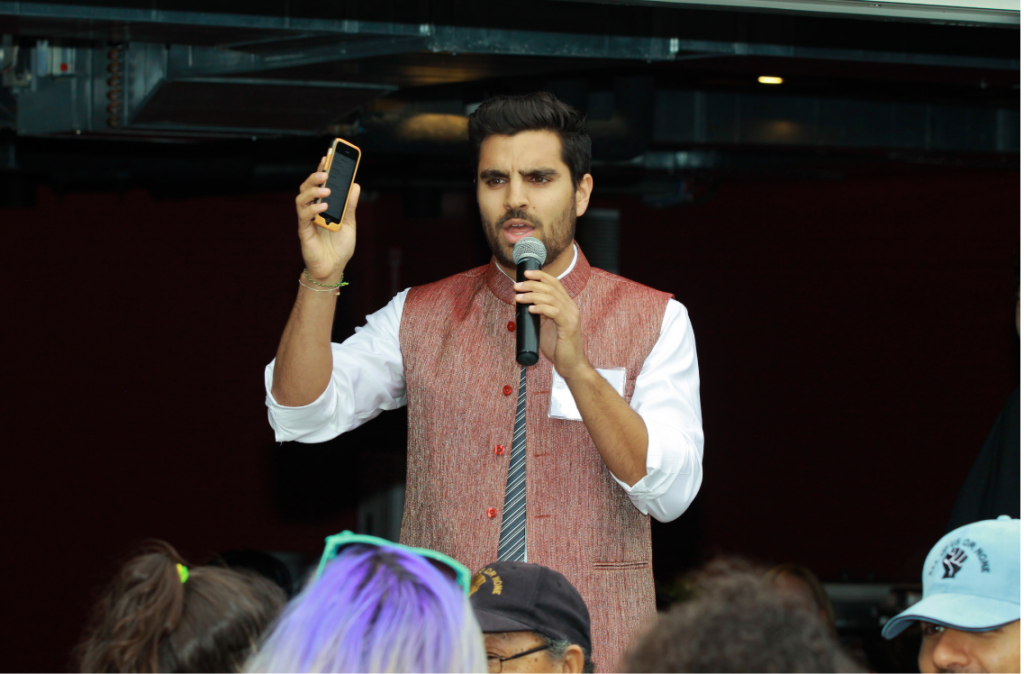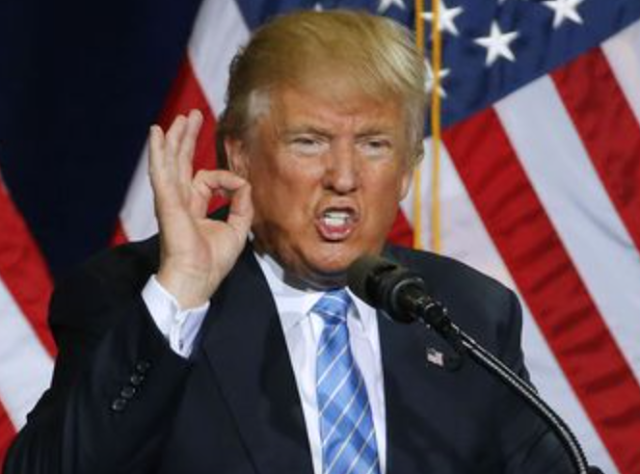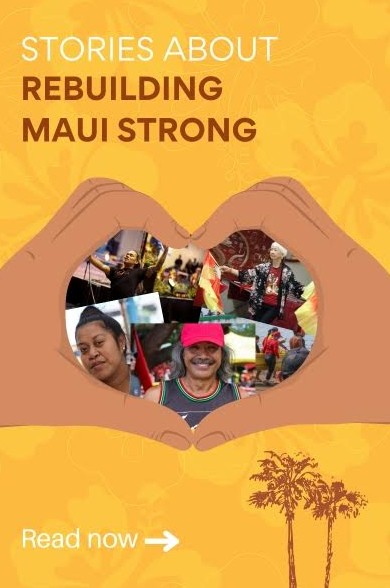By Louis Chan, AsAmNews National Correspondent
A new report from California Common Cause and UC Riverside’s Center for Social Innovation found the desire for policy change and wanting their voices heard are the primary motivating factors for getting Asian Americans and Latinx voters to the polls in November.
The conclusion comes from a series of focus groups conducted in California among first time voters and those with a low likelihood to vote.
Separate focus groups being conducted by others will soon be released about Black voters.
“Asian American and Latinx are voting at half the rate of the (general) electorate.”
The focus groups held from July 7 -13 in English, Hmong, Korean, Spanish, Tagalog, Vietnamese and Mandarin said these potential voters put great importance in information from trusted sources including ethnic media and community organizations. The research also found social media is not limited to young voters, but older voters rely on social media as well.
The survey is especially important considering the lower voter participation rate of both Asian Americans and Latinx voters.
“Asian American and Latinx are voting at half the rate of the (general) electorate,” said Jonathan Mehta Stein, Executive director of California Common Cause to AsAmNews. He pointed to a voter turn out rate of both groups in the low 20s during the California March primary.
The realities of COVID-19 pose additional challenges.
“The changes California is putting in place due to the pandemic are smart and pro active,” he said, speaking about increased access to mail ballots. “The changes (however) make it more confusing for low frequency voters we spoke to today.”
On the positive side, voting in the 2018 midterm elections was at a record level. That has some feeling confident that voters will turn out in November as well.
There was a “direct expression for change that is centered around a desire to replace a high profile incumbent,”
“Donald trump nationalized that election (2018 midterm) and he brings out passions for or against,” said Karthick Ramakrishnan, Director of the Center for Social Innovation, UC Riverside. “In many ways 2018 was a referendum for Donald Trump.”

There was a “direct expression for change that is centered around a desire to replace a high profile incumbent,” Francisco Pedraza, the lead researcher on the project from the Center for Social Innovation, UC Riverside.
The research found a definite shift among those interviewed from wanting to vote in-person before COVID and wanting to vote by mail or drop box since COVID.
However, those who expressed interest in voting in-person said they had the desire of getting their questions answered and personal assistance from poll workers. They also wanted assurances that voting in person would be healthy and safe.
Those who wanted to vote by mail or expressed a desire in dropping off their ballots early said they would be more likely to do so if they received confirmation their vote was counted.
They also found videos and pamphlets with lots of graphics and minimal text helpful.
Many expressed desire for getting more information about ballot issues and the candidates. They said they are seldom contacted by campaigns on either side of the political spectrum.
“Frequent voters get flooded with mailers, but not so for infrequent voters,” said Mehta-Stein.
“They want the information. Real hunger for more information simply conveyed in language.”
“We need to pay very close attention to election materials,” added Pedraza. “This includes language translation.”
Ramakrishnan said he expects a high voter turnout in 2020 , but covid 19 presents some complications that might not make it as high as might be expected.
(Editor’s note: An earlier version of this story misidentified the Center for Social Innovation. We apologize for the error.)
AsAmNews has Asian America in its heart. We’re an all-volunteer effort of dedicated staff and interns. Check out our new Instagram account. Go to our Twitter feed and Facebook page for more content. Please consider interning, joining our staff, or submitting a story.




